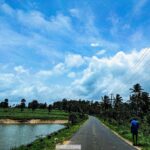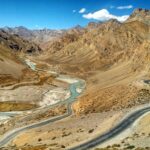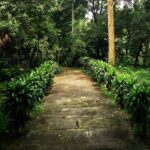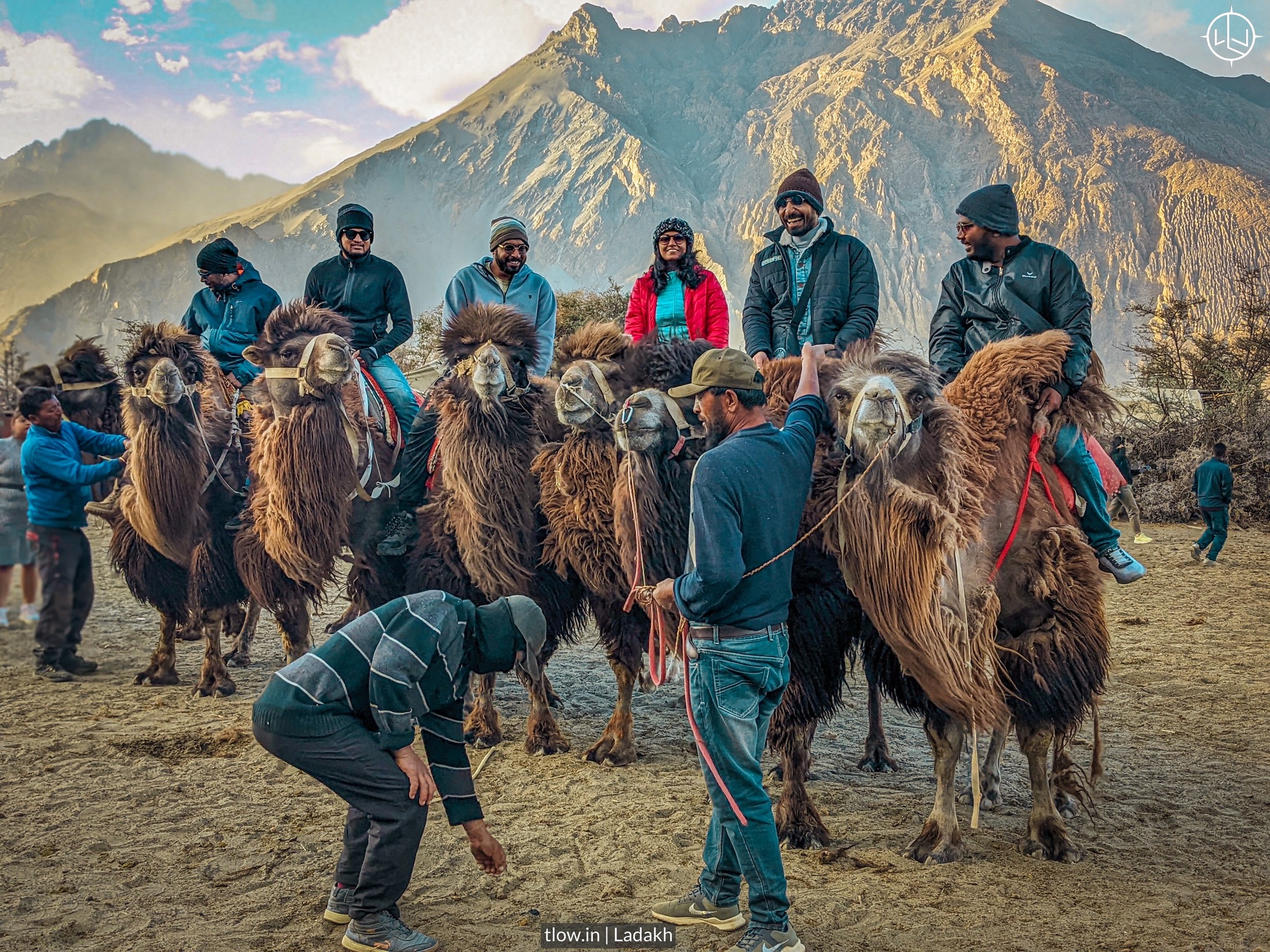
6 awesome facts about Bactrian Camels found in Hunder, Ladakh
Bactrian camels, scientifically known as Camelus bactrianus, are large mammals native to the deserts of Central Asia. Have you ever wondered what it’s like to ride a camel in the desert? A Bactrian camel are ones with two humps instead of one. They are quite different from the dromedary camels that you see in Africa and the Middle East. Here are some interesting facts about these amazing animals.
Table of Contents
Bactrian camels are native to Central and East Asia.
They live in some of the harshest environments on Earth, where temperatures can range from -40°C in winter to 40°C in summer. They can survive in Rocky Mountains, flat deserts, and sandy dunes. They are migratory and move according to the availability of water and food.
Bactrian camels are known for their distinctive physical features. They have two humps on their backs, which are made of fat reserves and act as energy sources in times of scarcity. They have long, shaggy hair that helps protect them from the extreme cold in their native habitat. Their height at the shoulder ranges from 6 to 7 feet (1.8 to 2.1 meters), and they can weigh up to 1,800 pounds (800 kilograms).
Bactrian camels have two humps that store fat, not water.
This fat can be converted into energy and water when they need it. This allows them to go for long periods without drinking or eating. A thirsty camel can drink up to 114 liters of water in 13 minutes. When their fat reserves are low, their humps become floppy and saggy.
Bactrian camels have unique adaptations that allow them to survive in the harsh desert conditions. They possess a remarkable tolerance for temperature extremes, enduring freezing winters and hot summers in their native habitat.
Their large, padded feet help them traverse the sandy terrain without sinking. Bactrian camels have a specialized respiratory system that reduces water loss through evaporation, enabling them to go several days without water.
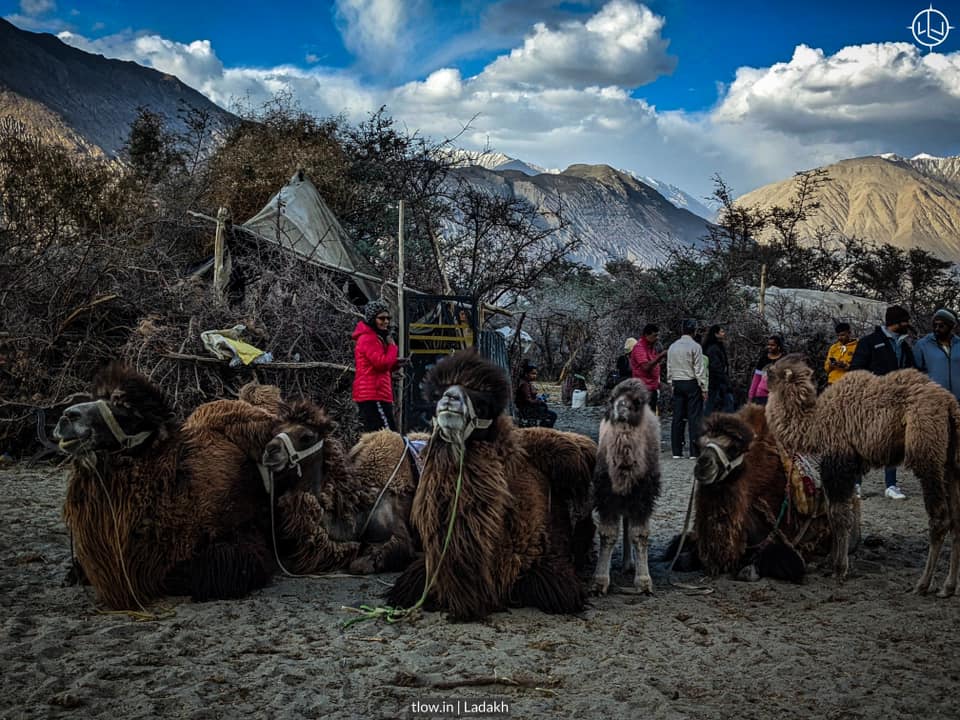
Bactrian variants have a thick, shaggy coat that changes with the seasons.
In winter, their coat protects them from the cold and snow. In summer, they shed their coat to cope with the heat and dust. Their coat can vary in color from dark brown to sandy beige.
actrian camels are herbivorous and primarily feed on a variety of vegetation found in the desert, including grasses, leaves, and shrubs. They are able to consume thorny plants and even dried desert vegetation, enabling them to survive in areas with limited food resources.
Bactrian camels have a long history of domestication. They have been utilized as transportation and pack animals in Central Asia for thousands of years. Their ability to carry heavy loads and traverse long distances in arid environments made them particularly valuable for trade along the Silk Road.
Bactrian variants have many adaptations to survive in the desert.
They have long eyelashes, bushy eyebrows, and sealable nostrils that keep out the sand and dust. They have split upper lips that help them eat thorny plants. They have big, flat feet that prevent them from sinking into the sand. They also have a third eyelid that acts like a windshield wiper for their eyes.
Bactrian ones are considered critically endangered by the International Union for Conservation of Nature (IUCN). The main threats to their survival include habitat loss, overgrazing, and hunting. Conservation efforts are being undertaken to protect their remaining populations, including the establishment of protected areas and breeding programs.
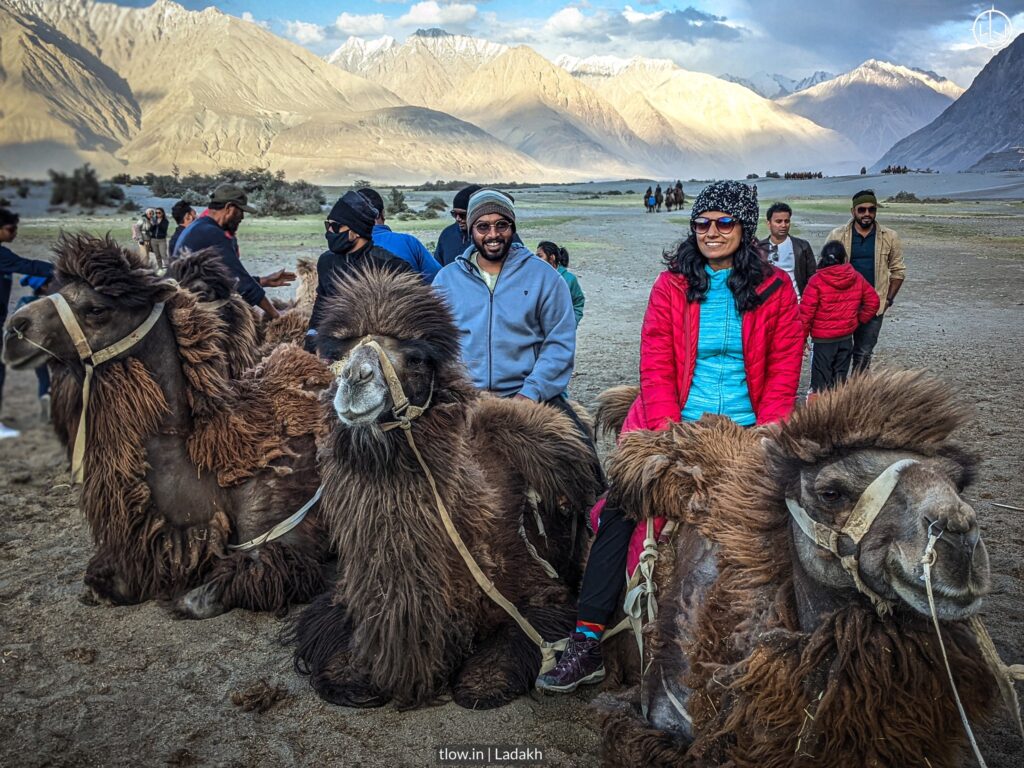
Bactrian variants are endangered in the wild.
There are only about 1,400 wild Bactrian camels left in the world, living in the Gobi Desert of Mongolia and China. They are threatened by habitat loss, hunting, poaching, and hybridization with domesticated camels. They are also vulnerable to diseases and climate change.
Bactrian camels have played an important role in the cultural heritage of the people in Central Asia. They have been depicted in artwork, featured in traditional festivals, and their products, such as wool, milk, and meat, have been used for sustenance and various other purposes.
Bactrian variants are domesticated and used for transportation, milk, meat, wool, and leather.
There are over one million domesticated Bactrian variants in the world, mostly in Mongolia, China, Kazakhstan, Kyrgyzstan, Afghanistan, Iran, and Pakistan. They can carry up to 450 kg of load and travel up to 50 km per day. They are also valued for their milk, which is rich in protein and fat and has medicinal properties.
Riding a Bactrian variant is an unforgettable experience. One feels like they are traveling back in time to the ancient Silk Road, where these camels were used as pack animals for trade and commerce. They are gentle, intelligent, and loyal creatures that deserve our respect and protection.
Bactrian camel safaris and rides are popular tourist attractions in regions where these camels are found. Visitors can experience the unique sensation of journeying through the desert on the back of a Bactrian camel, appreciating the surrounding landscapes and the animal’s impressive adaptability.
Bactrian variants are fascinating creatures with their distinctive appearance, adaptations to survive in the desert, and historical significance. Despite their critically endangered status, efforts are underway to ensure their conservation and preservation for future generations.

